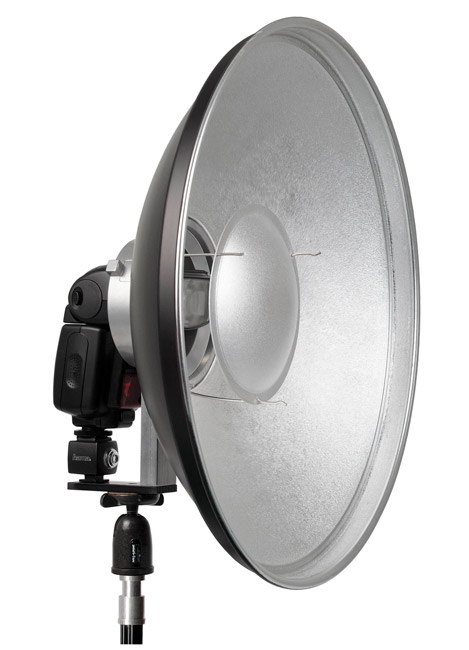 I think these photographs turned out well and are very much like the ones you would find online for Topshop/Topman. I think they could be really useful for catalogue photography, as the background is plain, there is nothing extreme about the photograph, his facial expressions are just neutral and he is wearing casual clothing.
I think these photographs turned out well and are very much like the ones you would find online for Topshop/Topman. I think they could be really useful for catalogue photography, as the background is plain, there is nothing extreme about the photograph, his facial expressions are just neutral and he is wearing casual clothing.

I have chosen a photograph from Topman website to compare between the photographs I took myself and personally, I feel they are very similar which is why I am happy with the outcome, although the photos from the website, you cannot see the models face completely, comparing the stances and facial expression they are almost identical. The photograph on the right with Michael looking slightly off centre, is the exact same pose as the model for Topman is doing and you can see about the same amount of clothing on each one. Although this wasn't planned, I knew what I was trying to achieve with my photographs, showing just part of the clothing but all of Michael's face. I am happy with my results, especially now I have found that photos from the website I am going to be using, are very similar to the photos I have produced myself.

















